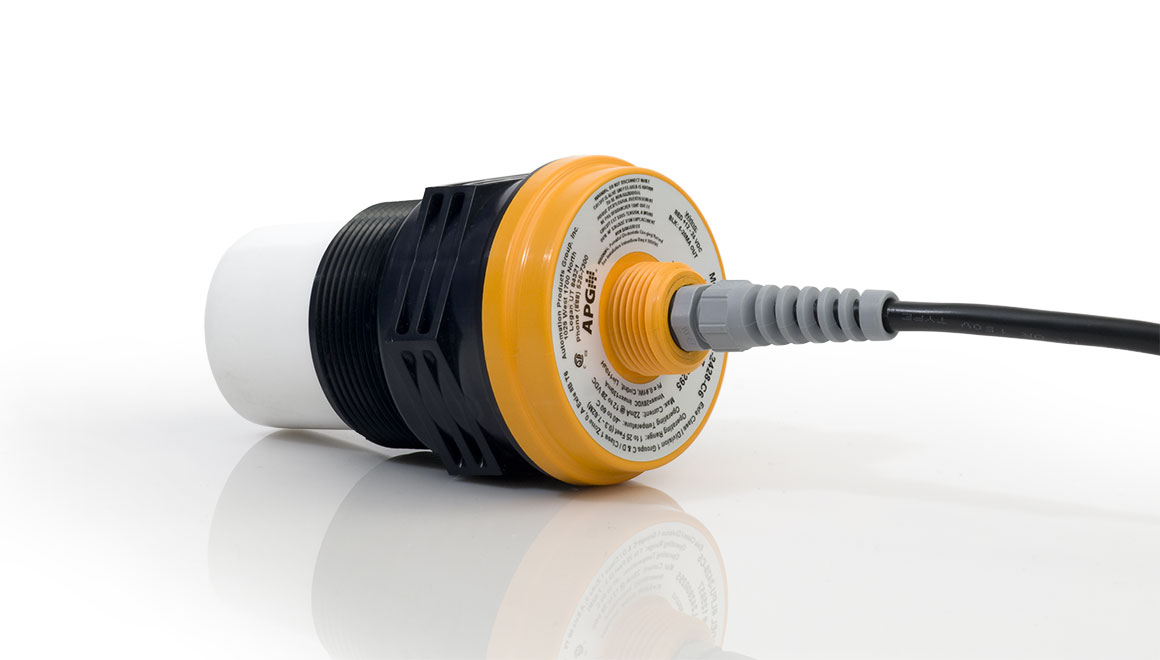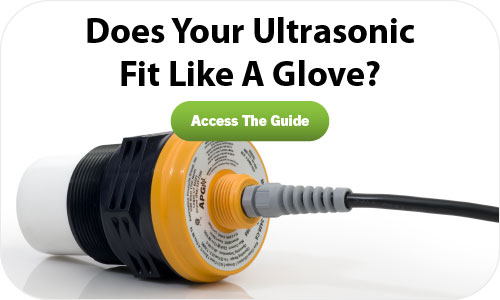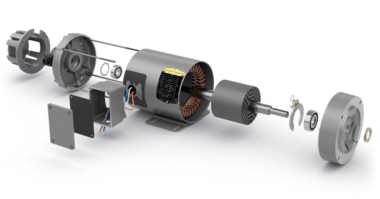Ultrasonic level sensors promise versatility in a non-contact package. However, some manufacturers offer ultrasonic sensors with fixed settings that, while may come with a low price tag, are very limited in their application base. Many have tried these sensors, lured by the lower price, only to realize they can’t get the sensor to fit their application.
What they get instead is unstable readings or a loss of signal.
This has resulted in an undeserved bad reputation for ultrasonics generally. The difference between a successful ultrasonic installation and a disastrous one is the programmability of the sensor.
If an ultrasonic is programmable, then it can match its signal strength and sensitivity to the measurement environment. It can block out false readings. It can even optimize itself in many circumstances. Don’t buy into cheap ultrasonics that cannot be adjusted. You’ll likely find that it can’t quite stabilize on the right level, forcing you to waste time and money searching for a better solution.
Instead, look for programmability; knowing you can hone the ultrasonic in the field to give a perfect measurement day in and day out.
With that in mind, check out our helpful guide, “18 Programmable Settings You Need In An Ultrasonic Sensor.”





